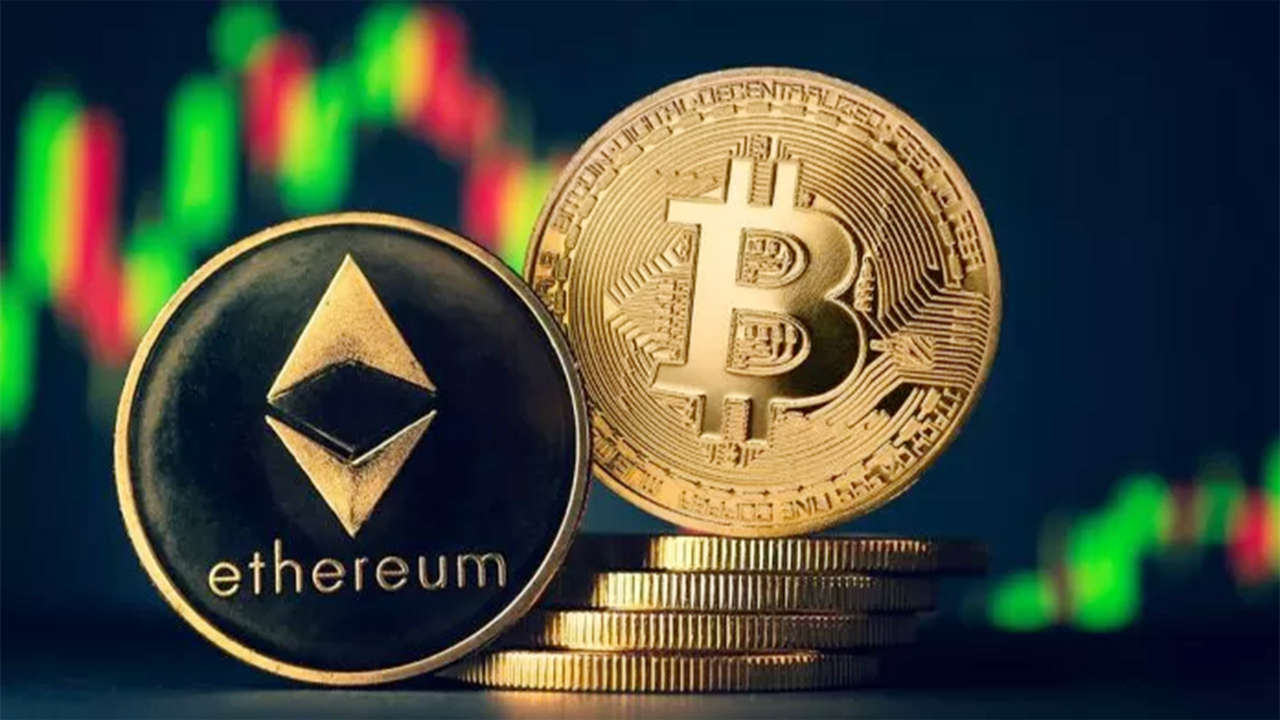According to him, Ethereum’s larger market capitalization is not a weakness but rather a magnet for institutional flows, making ETH the more powerful asset to hold in this phase. With predictions of Ethereum reaching $10,000 to $20,000 before the cycle ends, Hayes has positioned himself firmly on the side of ETH, even as he maintains respect for Solana’s potential.
Hayes outlines his preference for Ethereum
Arthur Hayes did not dismiss Solana’s prospects outright. In fact, he was quick to recognize that Solana will likely benefit from the broader bullish wave across cryptocurrencies. However, when asked directly about portfolio positioning, Hayes left no room for doubt. He confirmed that he would remain overweight Ethereum compared to Solana, highlighting ETH as the superior asset to back.
The former BitMEX CEO explained that while Solana has strong upside potential, Ethereum’s scale makes it the primary destination for capital inflows. Hayes pointed out that in financial markets, size is often an advantage, not a disadvantage, because larger assets attract the biggest institutional players. This, he argued, is exactly what is happening with Ethereum as Wall Street and other large-scale investors increasingly back ETH.
Institutional flows strengthen ETH’s narrative
One of the central reasons Hayes favors Ethereum is the momentum it has built among institutional investors. As Neuner noted during the interview, Ethereum has become the “darling of Wall Street,” supported by major catalysts such as stablecoin adoption, tokenized assets, and endorsements from high-profile figures including Joseph Lubin and Tom Lee.
Hayes agreed with this assessment, describing Ethereum as the larger “racehorse” in the competition with Solana. Although ETH requires more capital to move due to its size, Hayes argued that this is exactly what makes it attractive to institutions. With ETFs, public treasury holdings, and structured products creating steady demand for Ethereum, Hayes believes that ETH has captured a flows-driven narrative that will continue to push prices higher.
Price targets and breakout potential
Perhaps the most striking part of Hayes’ outlook was his bold price prediction for Ethereum. While acknowledging that Bitcoin currently trades well above its previous all-time high, Hayes sees Ethereum entering a similar breakout phase soon. He stated that once ETH convincingly clears resistance, it could surge to $10,000 or even $20,000 before the cycle ends.
In his view, Ethereum’s technical chart already points toward higher prices in the short term. Hayes revealed that he recently repurchased ETH after selling some earlier in the cycle, a sign of his conviction that the asset is poised for another major leg up. For him, the upside is not limited to catching up with Bitcoin’s rally but instead lies in Ethereum’s ability to attract fresh inflows and sustain momentum once barriers are breached.
Solana’s role in the cycle
Despite his ETH preference, Hayes remains constructive on Solana. He disclosed that he advises Upexi, a Nasdaq-listed company that holds Solana in its treasury, and expects SOL to benefit from the same bullish conditions lifting the broader crypto market. Hayes reaffirmed that Solana will rise, but he remains skeptical it will outperform Ethereum on a percentage basis during this cycle.
Neuner also acknowledged that sentiment has shifted from a period when it was considered “a Solana cycle” to Ethereum now capturing the dominant narrative. Hayes did not dispute this shift, instead reinforcing that Ethereum’s stronger institutional backing places it in a league of its own when compared to Solana.
Why Hayes picks Ethereum over Solana
Arthur Hayes’ perspective rests on three key pillars: positioning, flows, and trajectory. First, he is explicitly overweight Ethereum in his portfolio, signaling stronger conviction in ETH than SOL. Second, he believes institutional flows and passive demand are favoring Ethereum at this stage, creating a structural advantage. Third, he sees Ethereum’s trajectory as far more explosive once it breaks resistance, with cycle targets of $10,000–$20,000.
While Solana remains a strong contender with plenty of upside, Hayes argues that Ethereum’s dominance in liquidity, institutional adoption, and capital formation makes it the clear winner of this cycle. For investors choosing between ETH and SOL, Hayes’ message is straightforward: both will rise, but Ethereum has the stronger tailwinds.
The Ethereum vs. Solana debate will likely continue throughout this market cycle, but Arthur Hayes’ view adds significant weight to Ethereum’s case. By prioritizing ETH in his own portfolio, Hayes underscores his belief that Ethereum’s combination of institutional adoption, market dominance, and breakout potential positions it as the top-performing asset of the cycle. With ETH trading at $4,285 at press time, Hayes’ prediction of a run toward $10,000–$20,000 captures the bullish sentiment currently surrounding the second-largest cryptocurrency.










Yorumlar
Kalan Karakter: